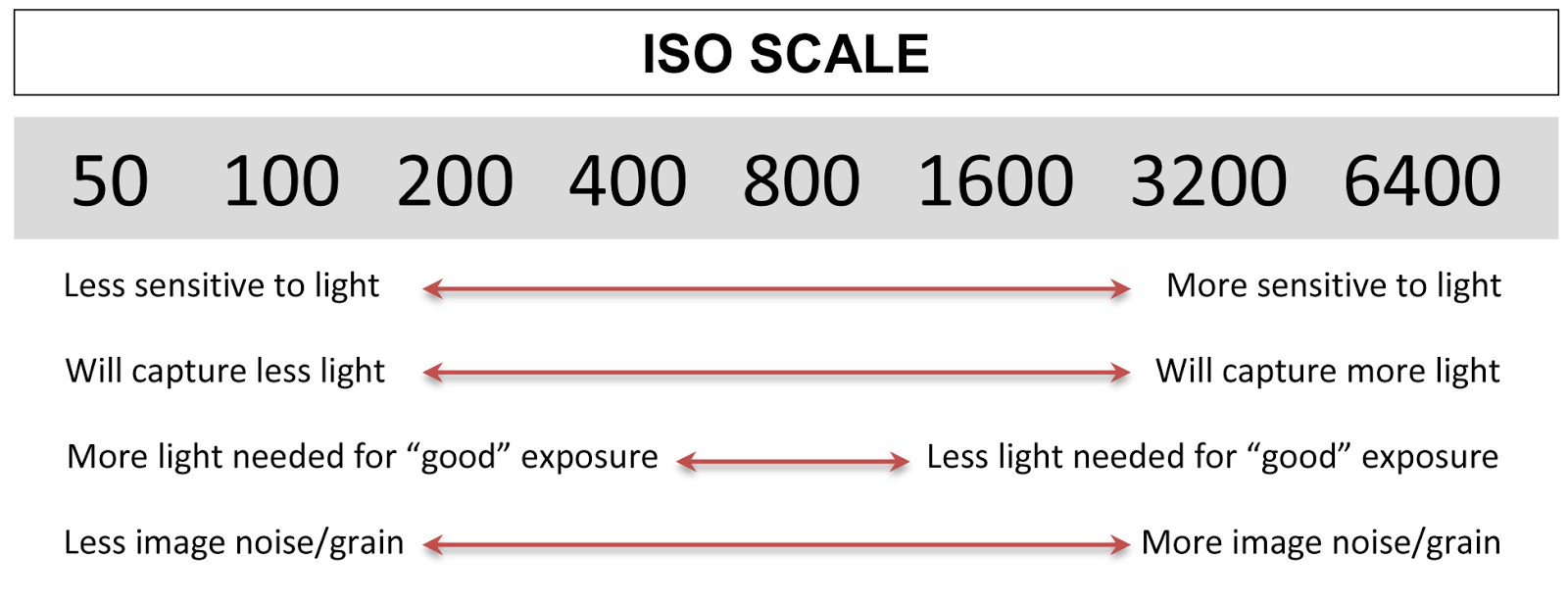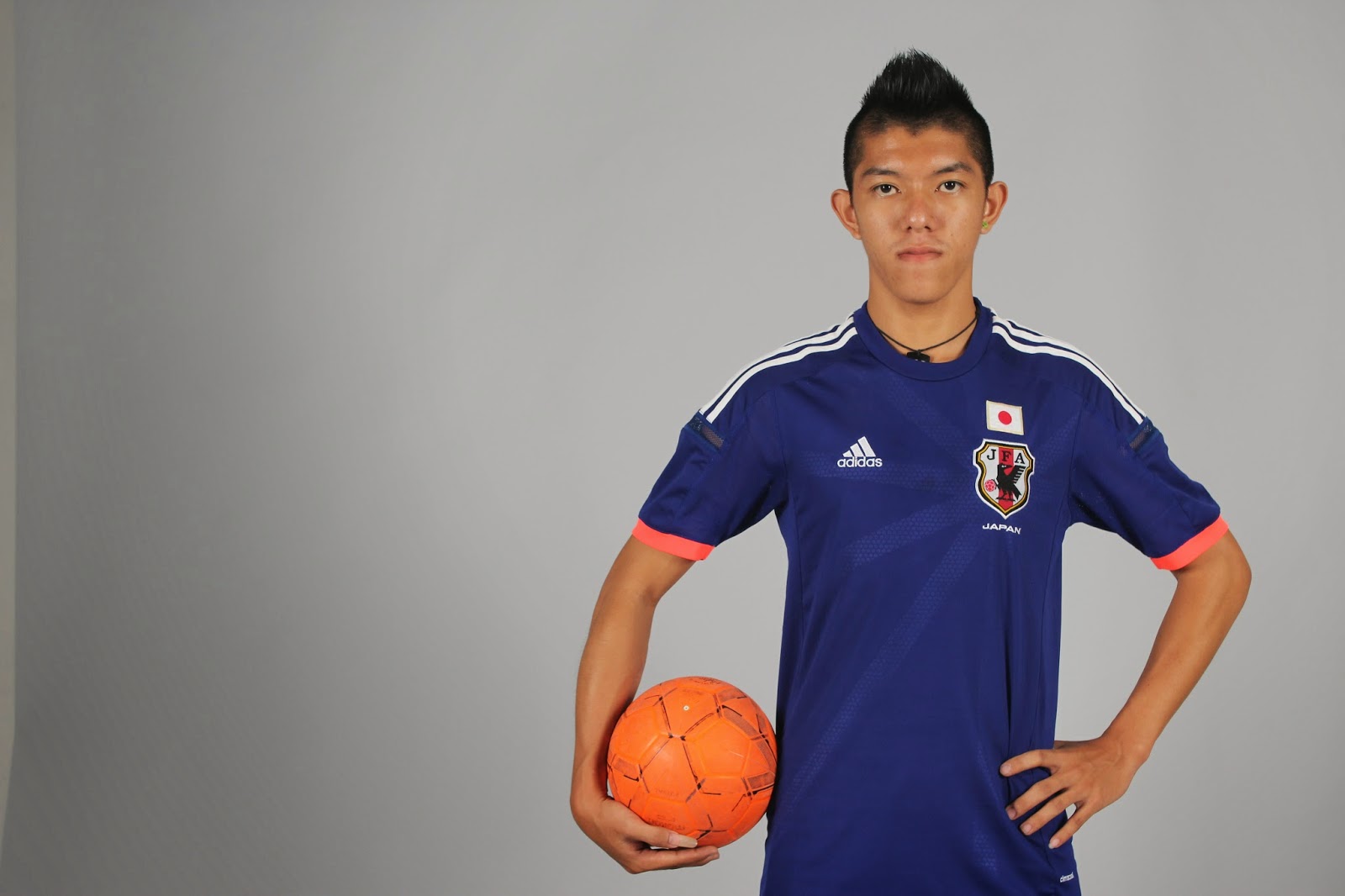TASK 1
Aperture, shutter speed and ISO
Aperture
Shutter speed
ISO
levels of noise
Magazine Cover
Task 4
Depth of Field
A camera can only focus its lens at a single point, but there will be an area that stretches in front of and behind this focus point that still appears sharp.
This zone is known as the depth of field. It’s not a fixed distance, it changes in size and can be described as either ‘shallow’ (where only a narrow zone appears sharp) or deep (where more of the picture appears sharp).
Shallow
Gretest
Task 5
Photogram
Photomanipulation
Task 4
Depth of Field
A camera can only focus its lens at a single point, but there will be an area that stretches in front of and behind this focus point that still appears sharp.
This zone is known as the depth of field. It’s not a fixed distance, it changes in size and can be described as either ‘shallow’ (where only a narrow zone appears sharp) or deep (where more of the picture appears sharp).
Shallow
Gretest
Task 5
Photogram
Photomanipulation










































No comments:
Post a Comment